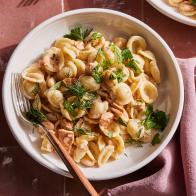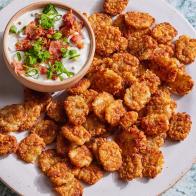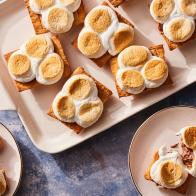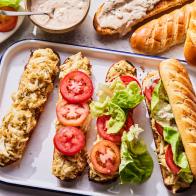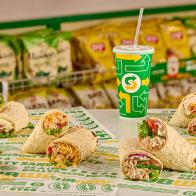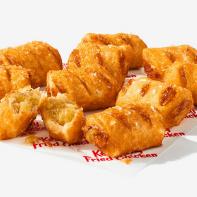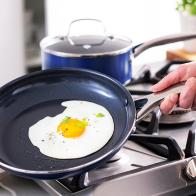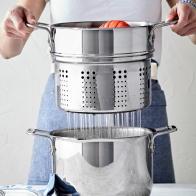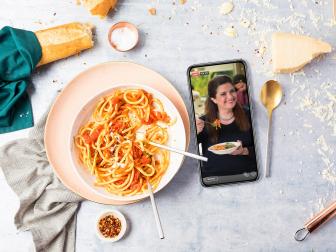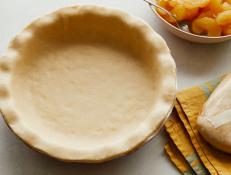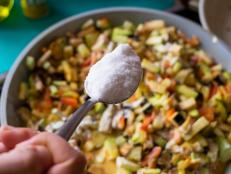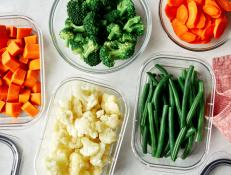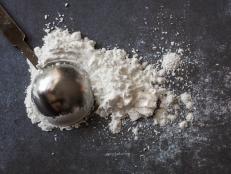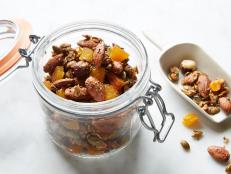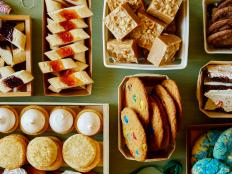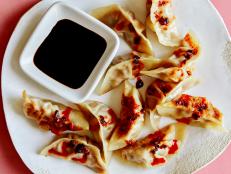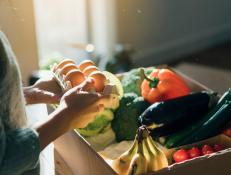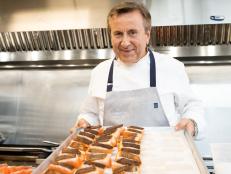This 1-Minute Trick Stops Your Pie Crust From Getting Soggy
Surprise, it’s not blind-baking.


Get a Premium Subscription to the Food Network Kitchen App
Download Food Network Kitchen to sign up and get access to live and on-demand cooking classes, in-app grocery ordering, meal planning, an organized place to save all your recipes and much more.
How many times have you bitten into a fresh fruit pie with perfect filling, only to discover that the bottom crust is a bit … soggy? It’s an easy pitfall because fruit releases a lot of liquid when it bakes. Thickeners you mix into the filling, like cornstarch, soak up a lot of the liquid, but sometimes not all of it. Plus, as it bakes, the crust itself releases moisture in the form of steam.
Often, blind-baking solves this problem. If you’re making a single crust custard-filled pie, like a pumpkin pie, bake the pie dough first before adding filling to allow some of the moisture in the crust to evaporate. You can also totally blind-bake fruit pies. But here’s the thing: many fruit pies have a double crust (whether it’s a plain top or something fancier like a lattice top), and you cannot blind bake a double crust pie without a lot of extra effort.
Luckily, baker Dan Langan has a neat solution for keep double-crust fruit pies crisp, golden and perfectly flaky. During his Food Network Kitchen class, Cherry and Strawberry Lattice Pie, he says to sprinkle a heaping teaspoon of wafer crumbs (like vanilla wafer crumbs, sugar cookie crumbs or even just breadcrumbs) in the bottom of the pie pan before you add the dough.
"This is a neat trick because these dry wafer crumbs are going to absorb moisture from the bottom crust as the pie bakes, and this is so helpful in keeping the bottom crust dry," Dan explains.
After adding the dough to the pie plate, he sprinkles another heaping teaspoon of crumbs on top of the dough before adding the filling. These crumbs act as a second moisture, absorbing every last bit of moisture from the crust.
Say it with us: crisp, golden and perfectly flaky crust.
Related Links:

